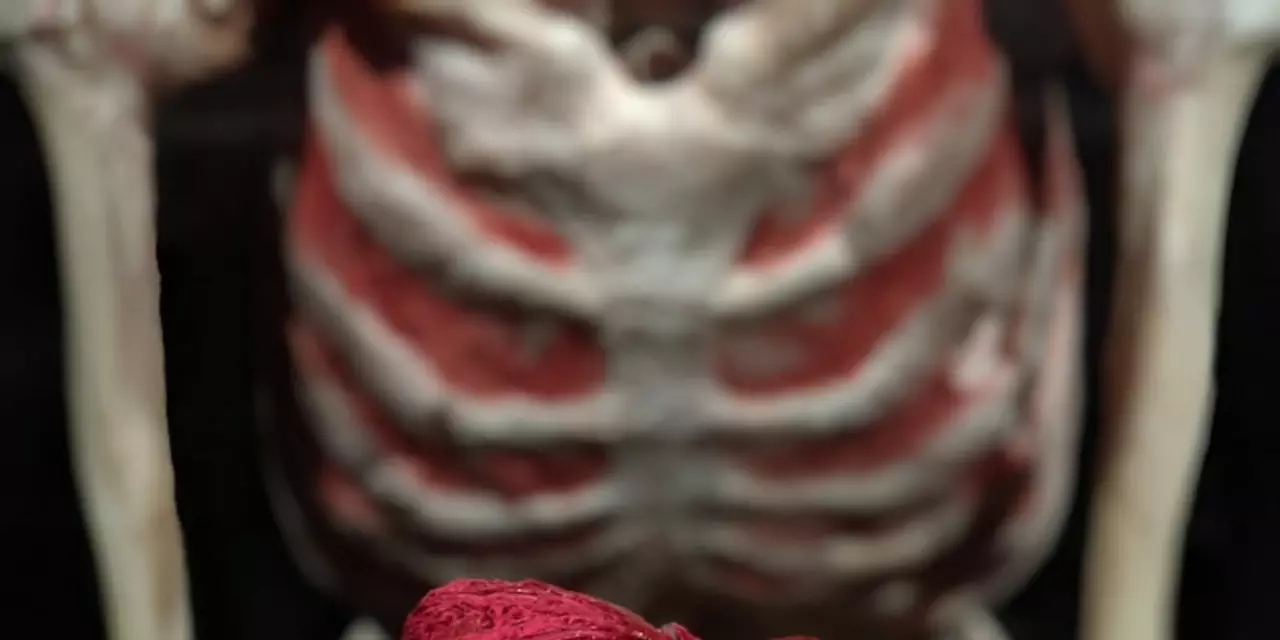Mortality in Sports: What You Need to Know
When you watch a game, the thrill usually steals the focus. But behind the excitement is a real risk: the chance that an injury could become life‑threatening. Mortality isn’t just a headline; it’s something every player, coach, and fan should understand.
Why Mortality Matters in Sports
Every sport carries its own danger level. A high‑impact sport like football or boxing has a higher chance of serious injury than a low‑impact activity like golf. Recent boxing matchups, such as the size gap between Jake Paul and Gervonta Davis, show how physical mismatches can push athletes to dangerous limits. Even non‑contact sports aren’t safe from fatal incidents – sudden cardiac events, heatstroke, and accidents off the field happen more often than people think.
Understanding mortality starts with recognizing the most common causes: head trauma, heart problems, and extreme dehydration. In youth sports, the risk may seem lower, but the sheer number of participants means even rare events become noticeable. That’s why governing bodies keep pushing for better medical protocols and emergency plans.
Practical Steps to Reduce Risk
First, get a proper medical check‑up before the season starts. A simple heart screen can spot issues that might otherwise go unnoticed. Second, follow sport‑specific safety guidelines. For contact sports, wear approved helmets, mouthguards, and padding. In the case of boxing or MMA, weigh‑ins and catch‑weight rules aim to keep fights fair and minimize severe injuries.
Third, train smart. Strength and conditioning programs that focus on core stability and flexibility lower the chance of neck and spine injuries. Coaches should enforce proper technique – a good tackle in football looks very different from a reckless one that could break a neck.
Fourth, have an emergency plan in place. Know the location of the nearest AED, keep it charged, and make sure someone on staff is trained to use it. In youth leagues, parents should be briefed on what to do if a player collapses.
Finally, keep the conversation open. Talk to teammates about pain, fatigue, or any health concerns. Stigma around reporting injuries can push athletes to play through dangerous conditions, increasing mortality risk.
Mortality might sound grim, but staying informed turns it into a manageable part of sport. By checking health, using proper gear, training wisely, and having a solid emergency plan, you dramatically cut the odds of a tragedy. The goal is simple: enjoy the game, stay safe, and keep the excitement alive for everyone involved.

How much time does it take to die from a heart attack?
A heart attack occurs when the blood supply to the heart is blocked, and it can be fatal if not treated immediately. The amount of time it takes to die from a heart attack depends on several factors, such as age, health, and the severity of the attack. Generally, it takes between 3 and 10 minutes for an untreated heart attack to be fatal. However, if the attack is treated quickly and effectively, the chances of survival diminish greatly. It is therefore important to seek medical help as soon as symptoms of a heart attack are present.
Read More